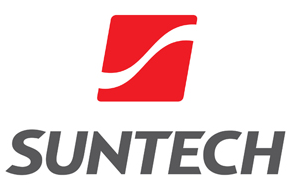
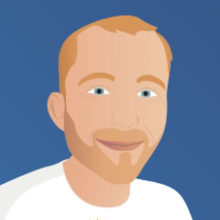
Finn's Suntech Panels Review & Verdict
Finn Peacock has been a Chartered Electrical Engineer since 1998, and is ex-CSIRO
Suntech is a Chinese company that manufactures solar panels with a track record of reliability in Australia. Their panels are physically tougher than average and better able to withstand hail and high winds than most. While Suntech is a Chinese company with production facilities in that country, it’s the only major solar panel manufacturer founded by an Australian.
Suntech Panels: Pros & Cons
- Up to 22.8% efficient
- Ability to withstand 45mm hail at 30.7m/s is well above average
- Wind loading certification of 3,800Pa is well above average
- Long track record of reliability
About Suntech
Suntech Power is a mid-sized Chinese solar panel producer. They've been in the business for over 20 years and have a good track record of reliability under Australian conditions. Because they have better than average resistance to hail and high winds, they make a good, low cost choice for those concerned about storm damage. Suntech residential panels have 25 year product warranties and 30 year performance warranties.
They have an Australian office in North Sydney, which means they can provide effective technical and warranty support.
A unique thing about Suntech is it's the only major solar panel manufacturer founded by an Australian.
Solar Panel Production
Suntech Power got underway in 2001 and just 10 years later was the world's largest solar panel producer with 2.4 gigawatts of production capacity. But this situation didn't last. Thanks to massive financial problems, they're now no longer even in the top ten. In 2023 they shipped around 10GW of panels, well short of the 75GW shipped by the world's largest producer, Jinko Solar. But it was enough to put Suntech in the top baker's dozen and make them a medium sized manufacturer.
Suntech used to produce its own solar cells but moved out of that side of the business in 2023 to concentrate on making panels with other company's solar cells. Currently, they only have one production facility in Changzhou, but they are building another in Fengyang, which they say will have around 3,600 employees and make around 10GW of panels per year.
Juicy Backstory Warning
If you only want to learn about their solar panels, skip down to the "Suntech Solar Panels" section. But if you want a soap opera style story on the rise and fall of an Australian solar billionaire -- a tale involving Italian Mafia -- then read on.
Company History
Suntech was founded by Dr Shi Zhengrong. He was born in 1963 in Yangzhong, 200km north-west of Shanghai. But he wasn't a doctor at that point. From a genetic point of view, there were two of him as he was one of identical twins. Their parents were so poor they couldn't keep both and put Shi up for adoption.
You might think his parents ended up kicking themselves for not keeping the one who became a billionaire, but his twin brother also ended up filthy rich. So if anyone is looking for billionaire genes, inside these guys would be a great place to start.
Zhengrong studied at Shanghai University and obtained a master in "lasers". He went on to study at the University of NSW and became a PHD in electrical engineering, as well as an Australian citizen. He tried to start a solar business in Australia but couldn't get investors or government support, so he returned to China and founded Suntech in 2001.
The company expanded rapidly and became a world leader in solar technology. In August 2009 Suntech broke the record for both polycrystalline and monocrystalline solar cell efficiency and by 2011 was the world’s largest solar panel manufacturer.
Shi Zhengrong became the world's first solar billionaire. He had made it to the top, but that meant there was a long way to the bottom, and in just a few years, he managed to get most of the way there.
Suntech’s financial position started deteriorating in 2008, and by March 2013 it became a world leader in financial disasters by being the first mainland China company to default on their US bonds. At the time the bonds were worth $541 million US. The company declared bankruptcy and Shi Zhengrong was forced out of his position as Chairman and CEO.
Suntech Was Scammed Out Of 560 Million Euros
Their bond default was due to a problem with German bonds. To be more precise, what they thought were German bonds turned out to be toilet paper. In 2012 they suddenly realized the 560 million Euros worth of German Government bonds they had been holding for two years were forgeries and part of an Italian scam.
This was one of the largest swindles in history. Not realizing they were being conned was an astounding act of negligence. If you are ever in trouble with your boss for a money-losing mistake, at least you can at least console yourself with the fact you probably haven't helped scammers saddle your company with close to a billion Australian dollars of counterfeit bonds.
Shi Zhengrong’s Fate
In 2007 Shi Zengrong was, on paper, the richest person in mainland China. But as Suntech's financial position deteriorated, the value of his share of the company fell from $3 billion to $32 million, which isn't even enough to buy 20 Sydney homes.
But he is still working to promote solar power and fighting to further develop clean energy to address climate change. His goal is for the world to reach 100% renewables. He says life should be green, sustainable, and enjoyable. So good on him.
Shi Zengrong also kicked off another solar panel manufacturer, SunMan, which focuses on glassless, ultra-light, thin and flexible panels.
It’s hard to keep a good former billionaire down. There should be more people like him. And genetically speaking, there is one more.
Suntech Survives
While Suntech went bankrupt, it never actually died. Shunfeng International Clean Energy Limited acquired Suntech in 2014 and the company is now formally known as Wuxi Suntech Power Co., Ltd. I don't know enough to say if its current position is financially secure, but I'm certain it's a lot more secure than it was.
The fact that Suntech went bankrupt but was bought out and continued to provide warranty support for its panels is a good for the peace of mind of anyone who has bought panels with long warranties from any good quality manufacturer. Just because a manufacturer goes bankrupt doesn't necessarily mean you will lose warranty support for your panels.
Suntech Solar Panels
If you look for residential panels on the Suntech site, it will show you their Ultra V Mini series. The most up-to-date ones have the word "Pro" thrown in and there are four Ultra V Pro Mini panels available. As these are the ones most likely to go on residential roofs, I'll give their details below. You can see more Suntech module specs along with approximate pricing on SolarQuotes' solar panel comparison table.
Monofacial & Bifacial
Of the four Ultra V Pro Mini panels, three are monofacial and one is bifacial. Monofacial panels only use light that hits their front, but the bifacial ones can use light from the front and rear. When mounted in a rack that lets light hit them from behind this can increase their output. But in a normal rooftop installation where the panel is only cm above the roof surface, bifacial ones provide no real advantage as very little light can get in from the sides and hit the rear of the panel. But there's no drawback to using bifacial panels for rooftop solar.
Dimensions
The panels are 1.72m by 1.13m. While this isn't exactly small, they are "mini" compared to those Suntech aims at commercial and utility scale projects that are 2.28m long. These longer panels can be used on residential roofs, but their size makes them more difficult to fit and harder to handle.
High Efficiency
The efficiency of Suntech Ultra V Pro Mini panels ranges from 21.5% to 22.8%. At this time I'm happy to describe any panel over 22% as high-efficiency, so these definitely count.
Average Heat Tolerance
Heat reduces solar panel output. For the Ultra V Pro Mini panels, it's reduced by 0.29% for every 1°C over 25°C. This is a typical loss for modern panels, so they don't stand out in this regard.
Above Average Hail Resistance
In testing, Suntech panels withstand impacts from 45mm hail travelling at 30.7m/s (111km/h). This is superior to many panels which are only certified to withstand 25mm hail travelling at 23m/s (83km/h). While Suntech panels won't resist a fist sized hunk of hail, these days it's a lot cheaper to replace a broken solar panel than to fix a hole in your roof.
High Wind Resistance
The panels are certified to resist wind loading of 3,800 Pascals. This is superior to the 2,400 Pascals or less many other panels are rated for. Combined with their superior hail resistance, this can make Suntech panels a good low cost choice for tropical and sub-tropical Australia.
They Can Handle Minor Shading
On page 7 of their installation manual, it says:
"The modules need to be installed in an area where there is no shadow all year round... Persistent or frequent shading of the module from sunlight will damage the module and void the warranty."
Later, on page 13 it states:
"Ensure that modules do not appear behind buildings or trees, and that permanent occlusion is prohibited."
Those are strict requirements against placing the panels where they'll suffer shading. To clarify exactly what's allowed, I called Suntech's Australian office and was told that some shade in the early morning or late afternoon is acceptable and won't affect the warranty. But permanent shade, whether it's from an antenna, chimney, or other obstruction must be avoided. As they can handle some shading early and/or late in the day, this makes them acceptable for installation on most roofs.
May Not Suit The Seaside
Due to the increased corrosion risk, Suntech says to contact them before installing their panels within 50m of the sea. From 50 to 500m they say they have to be installed in a way that minimizes corrosion risk.
At Least 10° Tilt Recommended
Suntech recommends installing their panels at a minimum of 10° tilt to allow rain to effectively wash away dirt and grime. As most roofs in Australia have a 15° or 22.5° slope, this normally won't be a problem.
30 Year Performance Warranty
The Ultra V Pro panels have a 30 year performance warranty. This promises that -- relative to their output when new -- their performance won't won't decline by more than 1% in the first year and 0.4% in each subsequent year. This means after 25 years it will have at least 89.2% of its original capacity and in its 30th year it will have at least 87.4% of its original capacity.
Many modern performance warranties allow similar rates of degradation but only last for 25 years, so this makes the one for Ultra V Pro panels better than average.
While their performance warranty allows them to decline by more than 12% over 30 years, the typical panel is likely to suffer much less deterioration than this. For example, Suntech panels installed in Germany deteriorated by less than 3% over 16 years. If their rate of deterioration remains constant then they will have degraded by less than 6% after 30 years. This doesn't mean Suntech panels will degrade at this rate under Australian conditions, but it is a good sign.
25 Year Product Warranty
Suntech Ultra V Pro panels have a 25 year product warranty that protects against defects in materials and construction. Because Suntech panels are reliable, the chances are you'll never need to make use of this warranty. Suntech claims that from 2003 to 2023 their panels had a failure rate of under 0.085%. Assuming it's true, less than 1 in 1,000 of their panels failed over that time. Even if the actual failure rate over 25 years is 5 times as high, those are still good odds.
Warranty Procedure For Orphaned Suntech Customers
If you have a problem with your panels you should first contact your installer. But if they're no longer around you can contact Suntech directly to make a warranty claim. Their customer service line in Australia is 02 8188 2450. Suntech has advised they are able to refer customers to installers who can diagnose issues with the panels and carry out any warranty replacement work.
My Recommendation
Suntech makes reliable panels, so I would be fine with putting them on my roof. While they did go bankrupt over a decade ago, warranty support for their panels was not interrupted, and they are likely to be on much sounder financial footing now. But even if they do disappear in the future, Suntech panels are reliable, so hopefully, you’ll never be in the position of needing to make a warranty claim.
Suntech has 7 solar panels in our database
Filter by:
Suntech Reviews (640)
Show Most Relevant reviews from All time
- 5 star 411
- 4 star 201
- 3 star 23
- 2 star 1
- 1 star 4
View Timeline
08 March 2021
19 November 2019
Considering that our roof design presented a few challenges in panel placement, we are very impressed with the performance of the system.
Panels are Suntech STP300S-20/Wfw-Mx (with maximisers)
15 October 2019
The panels we have all appear to be working fantastically, there is little difference in how much electricity that each panel produces, we could only get three panels facing North, the rest face east and west, there is only about 10 to 15 watt hours difference between these. So far our system has performed as well as we were told it would maybe even better then we had expected it would
12 September 2012
For appearances the panels are all almost flat and this gives me a loss of about 4Kw /day in summer.
11 September 2012
11 September 2012
21 October 2024
11 October 2022
This has been the most disappointing aspect of this new system. There is only the two of us that live here and thought that we would have benefited from this new system.
23 September 2021
29 July 2021
11 June 2021
26 May 2021
29 April 2021
22 March 2021
The warranty is 15years on these HiPro panels with a 25 year performance warranty but only time will tell if they live for that long!
01 March 2021
Stewart
30 January 2021
18 August 2020
14 August 2020
30 March 2020
02 February 2020
15 November 2019
05 September 2019
14 May 2019
04 April 2019
07 June 2018
But prices/ technology still rqr to improve..,there’s mOther alternatives tib store my energy , need lower pricing and technological improvement
My solar panels seem lot Be surviving well .
22 December 2017
26 July 2017
13 March 2017
30 December 2016
30 December 2016
30 November 2016
20 October 2012
We try minimize our usage of power generated by the panels during the day, so that we get the 48.5 cents per Kw of power that we put back into the grid. We basically use half the power generated and half goes back into the grid.
We have changed pool pumps, dish washers, washing machines to come on in the evening. So that we put more power back into the grid.
We have ducted, reverse cycle, refridgative airconditioning (Temparzone) brand and this generates a fair bit of power. We tend to use it more for heating in the Winter, then cooling in Summer. Our power bills in Winter have been cut by one third and in Summer by half with the Solar.
07 October 2012
18 September 2012
13 September 2012
13 September 2012
12 September 2012
12 September 2012
12 September 2012
11 September 2012
04 September 2012
04 September 2012
04 September 2012
04 September 2012
We had problems earlier this year with the output of the panels exceeding the capacity of the installed fuse; this has since been rectified by our installer.
30 August 2012
30 August 2012
10 April 2025


































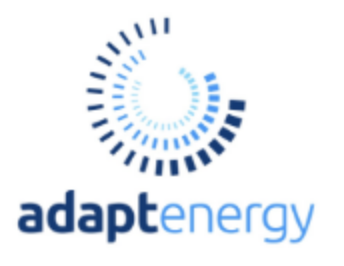

.png)

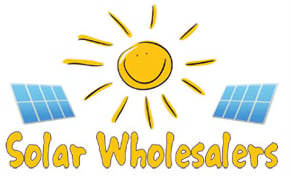


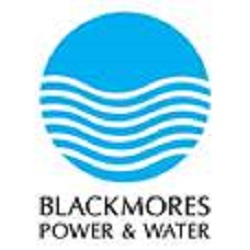

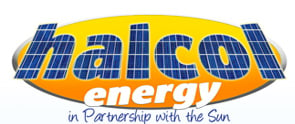

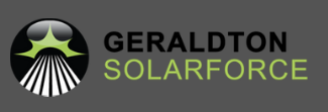
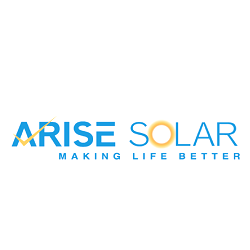
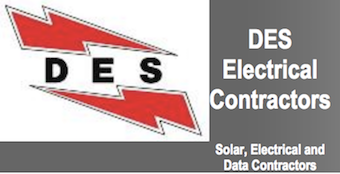

.png)



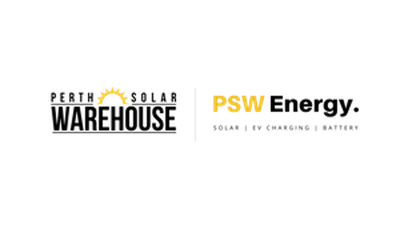

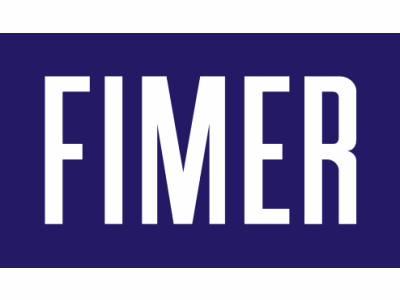
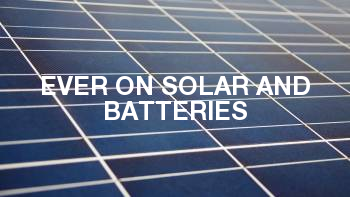


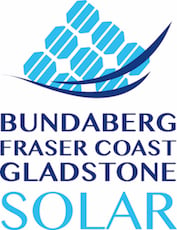
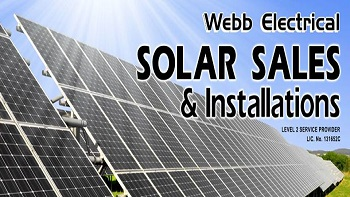

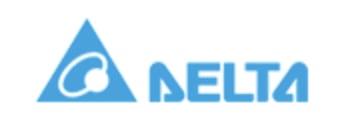

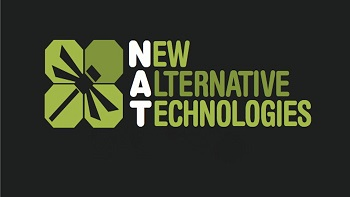

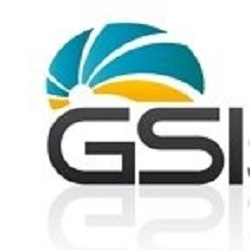


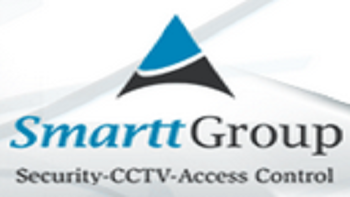


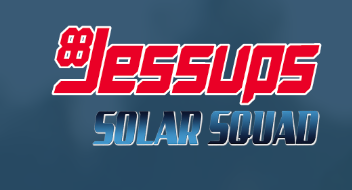
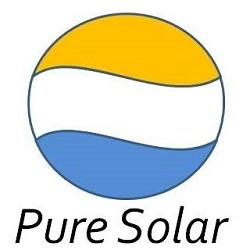
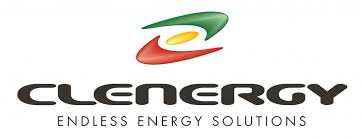

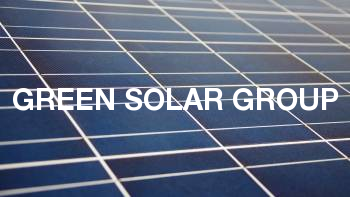

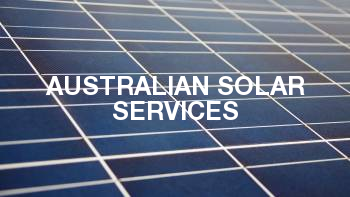
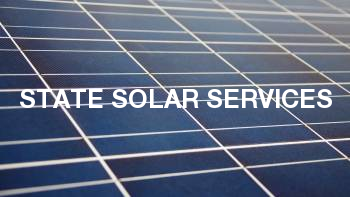


no doubt other manufacturers will need to get on board asap.
for a "budget" panel, REALLY happy with the performance so far